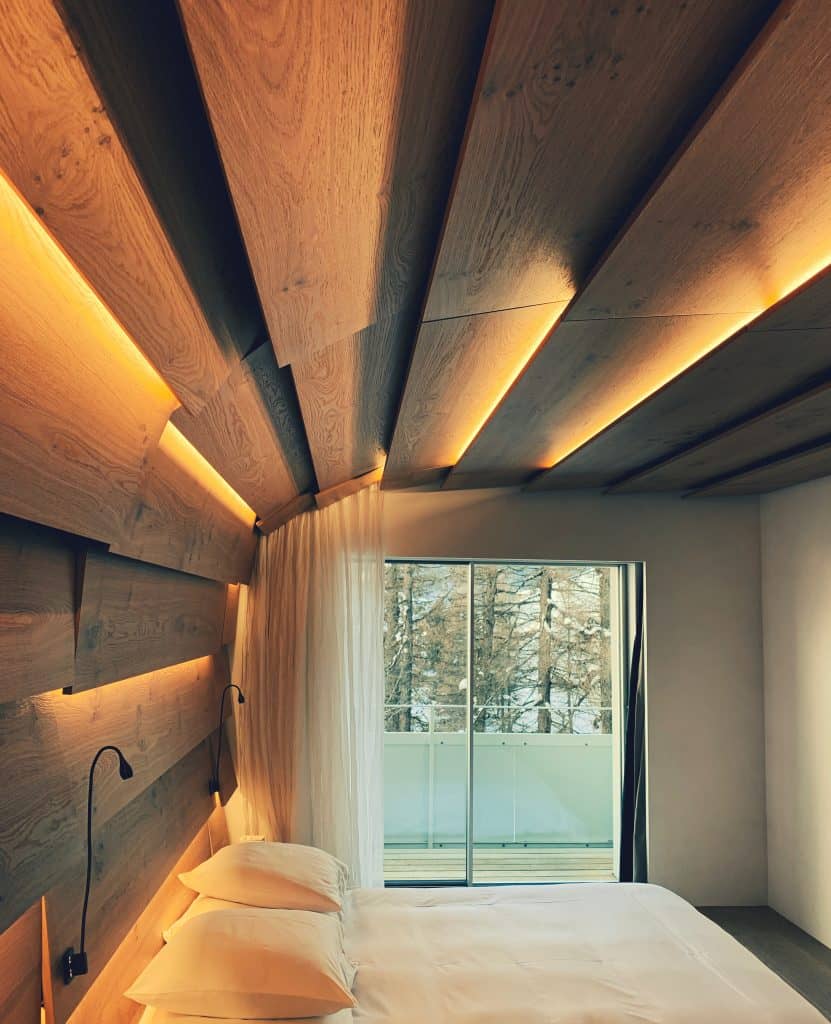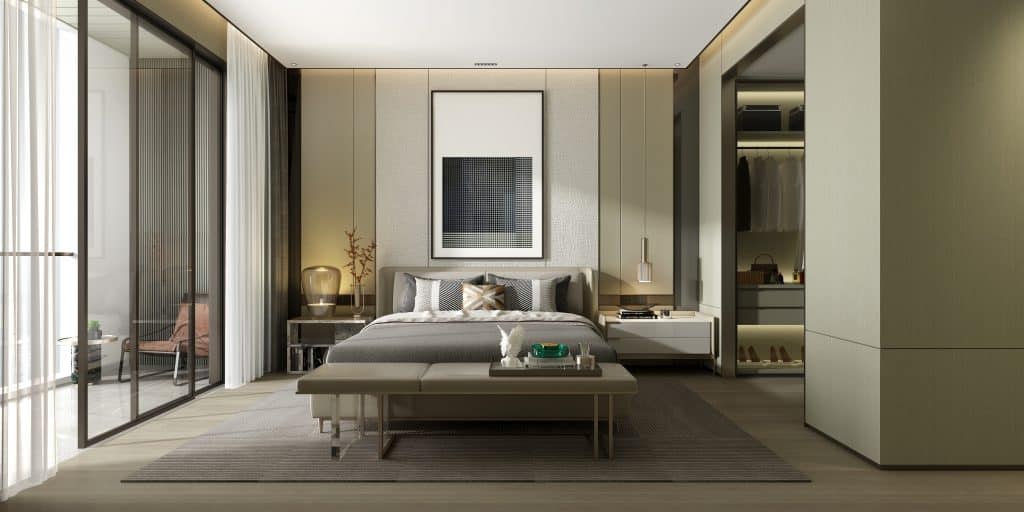Panel materials .. use, types and method of storage
Panel materials .. use, types and method of storage
Panel materials are engineered wood panels that are produced from recycled wood or solid wood where an adhesive substance is used to bind their particles together.
Wood panels are versatile for use in:
1- Furniture manufacturing
2- Application of flooring
3- Roofing
4- Wall covering
Types of plate materials
The specifications of the project you are implementing will determine the type of wood panel you will need. For example,
there are moisture-resistant panels such as fluted MDF boards or those with greater durability such as plywood,
and there is also a type that can only be used in decorative applications such as Pinboard.
So it is very important to check what type of sheet material you need to build a specific project.
The following list contains the types and specifications of the most common wood panels currently used in the construction industry:
- Plywood
- MDF sheets
- Chipboard sheets
- Gypsum wall
- OSB boards
- Wood fiber board
- Compressed wood bonded to cement
1- Laminate wood
It is considered the most popular material and has been the leading material in wooden panels for the past 200 years
The structural strength obtained from the laminated design of the plywood panels provides high durability, and is water, chemical, shock and fire resistant.
So it is widely used in marine construction, concrete molds, cladding, furniture making and flooring applications.

2- MDF sheets
Those medium density fiberboard are very popular due to their durability and cost effectiveness.
The smooth surface of its panels makes it an ideal choice for painting and detailed design cuts,
this also makes it an ideal material for furniture production, joinery and décor projects.
3- Chipboard sheets
It is one of the most commonly used building panels, and it is also called oriented particleboard or low density fiberboard.
Often used in decorative building projects, their uses may vary. Some panels are ideal for building furniture,
and others can only be used for interior fixtures that are completely away from moisture.

4- Gypsum wall
Drywall, also called wallboard or plasterboard, is a type of large hardwood board used in building interior walls and ceilings.
Boards are produced from calcium sulfate dihydrate (gypsum) and fibers, usually a mixture of paper, fiberglass and asbestos.
But the most common type of drywall is gypsum board that has a rock core and aluminum backing and is used primarily for insulation applications.
You May Like: Digital modeling in architecture
5- OSB boards
OSB or sterling oriented chipboard is an inexpensive alternative to plywood,
widely used in construction projects and in self-implementation in floor, ceiling and wall applications.
It varies in thickness and size of panels,
and there are some grades of it that have high bearing capacity and are suitable for use in wet conditions.
6- Wood fiberboard
It is a board made of wood fibers, similar to wood and offering all of its top features such as durability, strength and warmth.
The advantage of wood fiberboard is that it is cost effective,
provides breathable ventilation, has no direction to grain, is also easy to install and acts as a heat insulator.

7- Particleboard bonded to cement
Cement-bonded particleboard is a building board made of wood and cement particles without any potentially dangerous volatile materials.
They are manufactured in a way that makes them suitable for fire resistance, moisture tolerance and fungus resistance,
in addition, they have good impact resistance and provide good sound insulation.
How to store plate materials
All wooden panels must be stored in a manner that prevents them from physical damage and breakage, and covered well.
The wood will benefit from good mulching and storage but bear in mind that board materials have individual storage instructions.
For example, plywood and OSB (exterior rated material) can be stacked outside but flat and covered to limit exposure to moisture.
On the other hand, rated indoor board materials like Chipboard should only be stored indoors as they are easily damaged by moisture.


